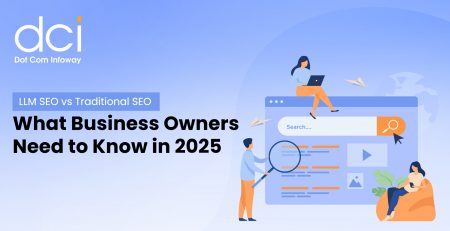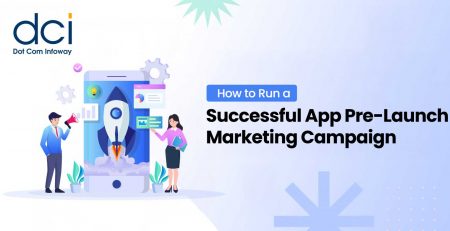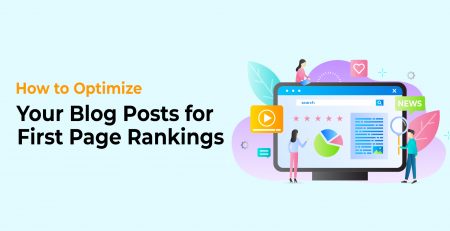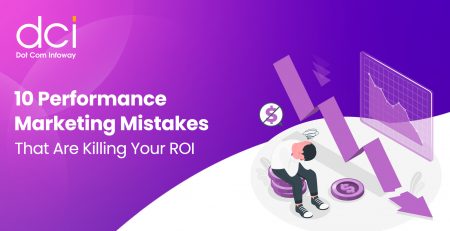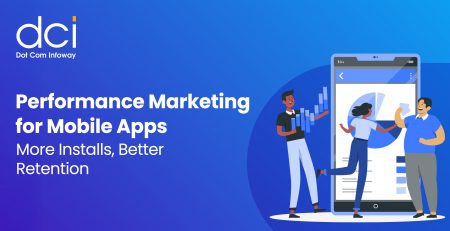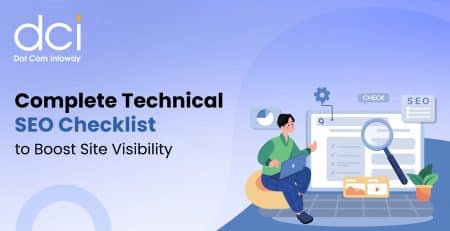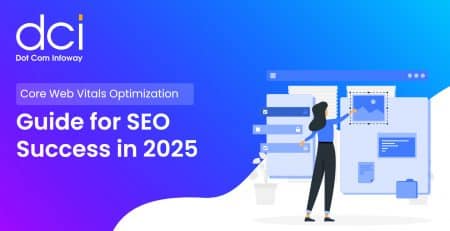Why Your App Isn’t Ranking in the App Store & How ASO Can Fix It
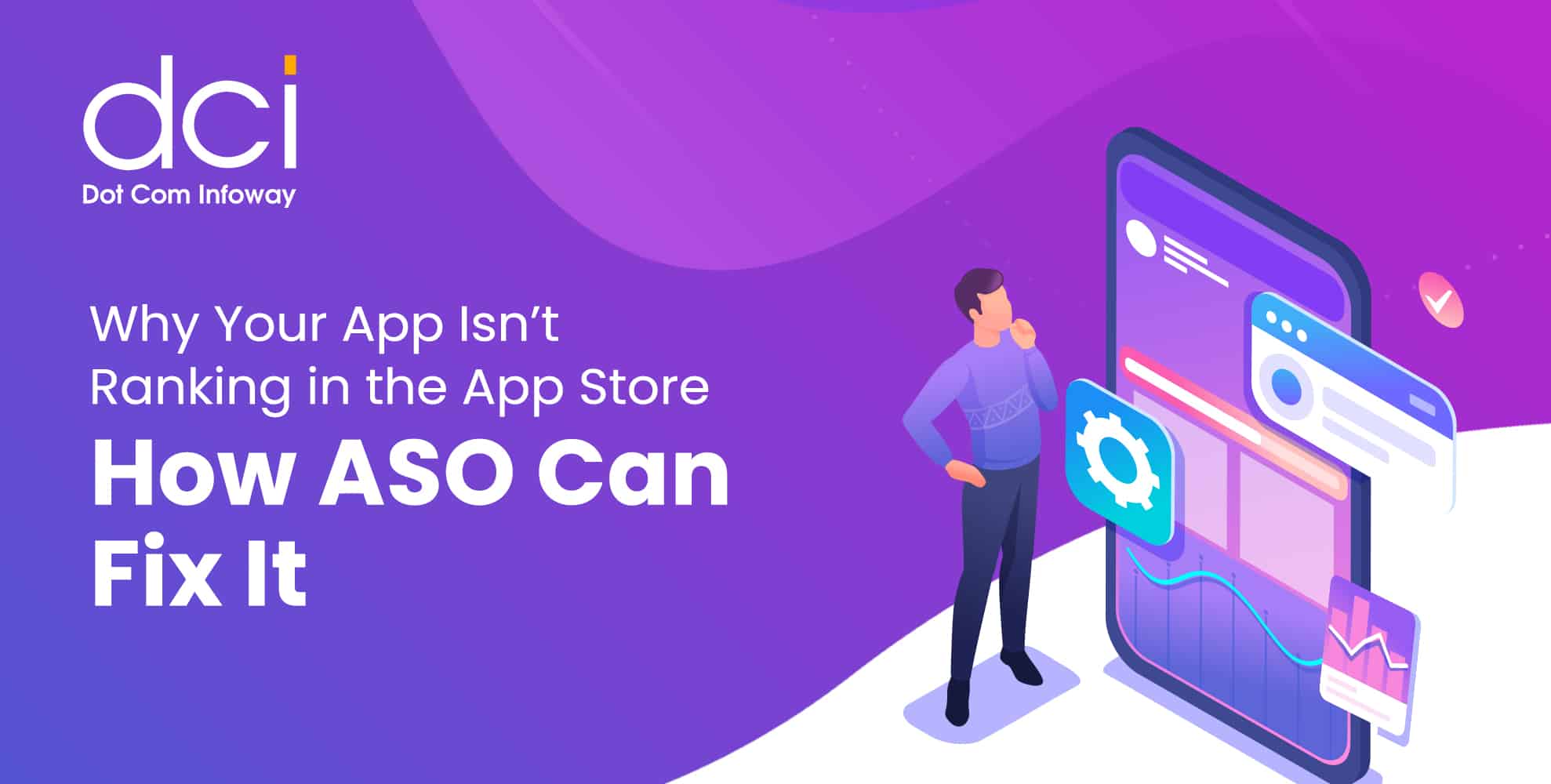
Your App Lacks Keyword Optimization
Keywords are the backbone of ASO, yet many developers overlook them or use them incorrectly. If your app title, description, and metadata don’t include the right keywords, your app simply won’t appear in relevant searches. Users rely on keywords to find apps that match their needs, and if your app doesn’t align with their search terms, it won’t gain visibility. The key to effective keyword optimization is thorough research—understanding which keywords your target audience is searching for and strategically integrating them into your app’s title, subtitle, and description. Instead of stuffing random high-volume keywords, focus on relevance and user intent. Utilizing ASO tools like Sensor Tower, App Annie, or MobileAction can help identify high-impact keywords that drive organic traffic.
Low App Downloads and Retention Rates
The App Store algorithm prioritizes apps that attract consistent downloads and retain users over time. If your app has a low number of downloads or high uninstall rates, it signals to the algorithm that users aren’t finding value in it. This can be a result of poor onboarding, technical glitches, or a lack of engaging features. ASO plays a crucial role in improving these metrics by ensuring your app’s listing is persuasive enough to encourage downloads. A compelling app description that clearly communicates value, high-quality screenshots, and an engaging preview video can significantly boost conversions. Additionally, post-install engagement strategies like push notifications, personalized user experiences, and regular feature updates can improve retention, signaling to the App Store that your app deserves a higher ranking.
Negative Reviews and Low Ratings
User reviews and ratings are among the most influential ranking factors in the App Store. If your app has a low average rating or a significant number of negative reviews, it will struggle to rank higher. Potential users often check reviews before deciding to download an app, and a poor rating can be a major deterrent. ASO isn’t just about optimizing keywords—it’s also about managing your app’s reputation. Encouraging satisfied users to leave positive reviews, promptly addressing user complaints, and regularly updating your app to fix bugs can enhance your ratings. Implementing an in-app feedback system allows users to voice concerns before resorting to public reviews, preventing negative feedback from impacting your rankings.
Weak App Title and Subtitle
Your app’s title is the first thing users see, and it plays a critical role in ASO. A generic or unclear title can make your app difficult to find, while a well-optimized title with relevant keywords can significantly improve visibility. The subtitle, which appears directly below the title, provides another opportunity to include keywords that describe your app’s main function. Instead of using vague or overly creative names that don’t communicate your app’s purpose, opt for a keyword-rich yet readable title. For example, instead of naming your app “FitX,” a title like “FitX – Home Workout & Fitness Tracker” immediately tells users and the algorithm what your app does.

Ready to boost your website’s rankings and online visibility?
Discover how our expert SEO services can resolve ranking issues, drive traffic, and elevate your website’s performance to the next level!
Poor App Description and Lack of Clarity
Your app description should act as a persuasive sales pitch, clearly explaining what your app does, who it’s for, and why users should download it. Many developers either neglect this section or fill it with unnecessary jargon that confuses potential users. The first few lines of your description are the most important since users need to tap “Read More” to see the full text. This means you must highlight your app’s unique selling points (USPs) early on. Formatting also plays a role—using bullet points, bold text, and emojis (where appropriate) can make your description more engaging and scannable. Don’t forget to include relevant keywords naturally within the description to improve ASO performance.
Lack of High-Quality Visuals
The App Store is a visually driven marketplace, and poor-quality visuals can immediately turn potential users away. Your app’s icon should be simple, recognizable, and aligned with your brand. Screenshots should showcase the best features of your app, giving users a preview of the experience. A well-crafted app preview video can further boost conversions by demonstrating real-time usage. Keep in mind that visuals should tell a story—don’t just include random screenshots; instead, use captions and annotations to guide users through your app’s benefits.
Ignoring Localization and Global Markets
If you’re only optimizing your app for one language or region, you’re missing out on massive global opportunities. Localization goes beyond translation—it involves adapting your app’s metadata, visuals, and even functionality to suit different markets. The App Store algorithm favors apps that perform well across multiple regions, and expanding your reach can improve rankings. Using ASO tools, you can identify popular keywords in different languages and optimize your listing accordingly. Additionally, cultural preferences play a significant role in user engagement, so consider tailoring your marketing strategy for each target region.
Failing to Update Your App Regularly
The App Store prioritizes apps that receive regular updates, as it indicates that the developers are actively maintaining and improving the product. If your app hasn’t been updated in months, it might be perceived as outdated, leading to lower rankings. Updates not only fix bugs and improve performance but also provide an opportunity to optimize your listing further. Each update should include detailed release notes explaining new features, improvements, and bug fixes. Regularly refreshing your app’s description, screenshots, and preview video can also keep it relevant and appealing to users.
Conclusion
Ranking in the App Store isn’t just about having a great app—it’s about ensuring that your app is visible, engaging, and continuously optimized for discoverability. App Store Optimization (ASO) is the key to unlocking your app’s full potential by improving keyword relevance, enhancing visuals, boosting retention, and managing user feedback effectively. If your app isn’t ranking, the good news is that ASO offers a clear roadmap to fixing it. By implementing the right ASO strategies, you can increase visibility, drive more downloads, and ultimately turn your app into a top performer in the App Store.


